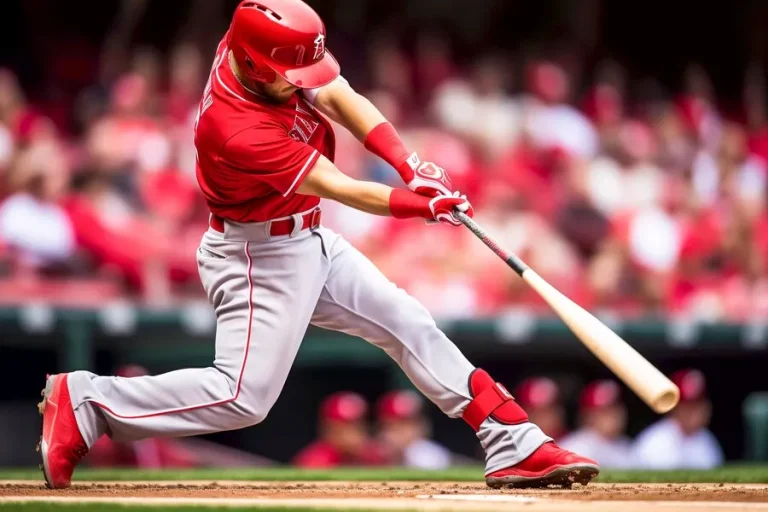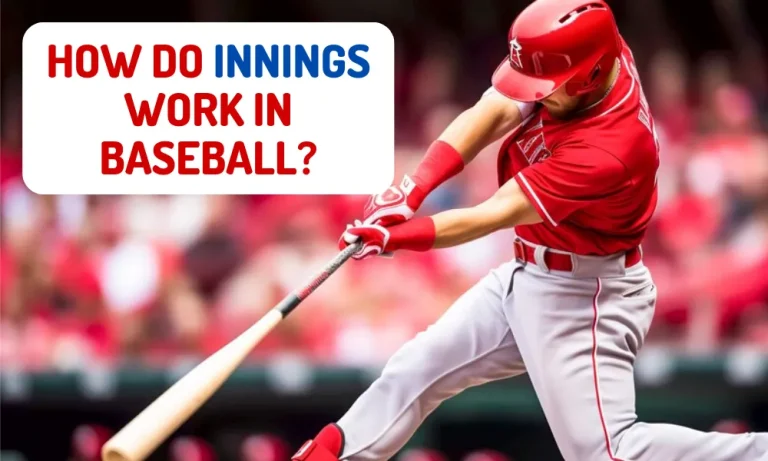How many Baseball Players have Died on the Field?
Baseball, known as America’s pastime, has captured the hearts of millions of fans worldwide. With its rich history and thrilling gameplay, it’s no wonder that baseball has become one of the most popular sports. However, behind the excitement lies the reality of the physical demands and risks associated with playing the game. In this article, we will delve into the question, “How many baseball players have died on the field?” to shed light on the unfortunate incidents that have occurred throughout the history of the sport.
Understanding the Risks in Baseball
As a passionate baseball fan, it’s important to understand the risks associated with playing the game. Baseball, like any sport, carries a certain degree of physical demands and potential for accidents. While injuries are common in athletics, baseball players face specific risks due to the nature of the sport.
One of the most prevalent risks in baseball is the possibility of being hit by a pitch. This can result in various injuries, ranging from minor bruises to more severe fractures or concussions. Additionally, players can sustain injuries while running bases, such as sprained ankles or torn ligaments. Sliding into bases also poses a risk of collisions with other players, potentially leading to injuries.
To mitigate these risks, safety measures and precautions are of utmost importance. Wearing appropriate protective equipment, such as helmets, shin guards, and gloves, can significantly reduce the chances of severe injuries.
Adhering to proper techniques and practicing good sportsmanship is also crucial in minimizing the risk of accidents on the field. Regular training and conditioning help players develop the necessary strength and agility to handle the physical demands of the game.
Historical Cases of Fatalities in Baseball
When exploring the question of how many baseball players have died on the field, it is important to acknowledge the unfortunate incidents that have occurred throughout the history of the sport. While these cases are relatively rare, they serve as a sobering reminder of the risks involved in playing baseball.
One notable incident took place in 1920 when Ray Chapman, a shortstop for the Cleveland Indians, was struck in the head by a pitch during a game. Tragically, Chapman succumbed to his injuries, becoming the only player in Major League Baseball history to die as a result of an on-field incident. This incident led to the introduction of a rule mandating the use of clean, white baseballs to improve visibility and prevent similar accidents.
Another incident that shook the baseball world occurred in 2007 when Mike Coolbaugh, a minor league first base coach, was struck by a line drive during a game. Despite wearing a helmet, the impact proved fatal. This incident prompted discussions on additional safety measures, such as the increased use of protective netting to shield coaches and fans from line drive foul balls.
The Impact of Safety Measures
Over the years, baseball has made significant strides in improving safety measures to protect players from potential injuries. These changes have been instrumental in creating a safer environment for athletes at all levels of the game.
One of the key areas of improvement is safety equipment. The use of helmets has become mandatory for all players, from batters to catchers, greatly reducing the risk of head injuries. Additionally, innovations in helmet design, such as the inclusion of face guards, have further enhanced player safety. Protective gear, such as shin guards, chest protectors, and padded gloves, also play a crucial role in minimizing injuries during gameplay.
Rule modifications have also contributed to the improved safety in baseball. For example, the introduction of rules regarding sliding techniques and the prohibition of certain aggressive plays at the plate have reduced the occurrence of collisions and subsequent injuries. Umpires and officials are now more vigilant in enforcing these rules, ensuring fair and safe gameplay.
Advancements in medical technology and sports medicine have also had a significant impact on player safety. Improved diagnostic tools, such as MRI scans and X-rays, allow for more accurate and timely assessments of injuries. This enables medical professionals to provide appropriate treatment and rehabilitation plans, ensuring players can recover fully and safely return to the game.
Current Safety Protocols in Baseball
Professional baseball leagues have implemented comprehensive safety protocols to ensure the well-being of players during games. These protocols encompass various aspects, including medical personnel, emergency response teams, and proactive measures to prevent injuries.
Medical personnel play a crucial role in ensuring player safety. Each team has a dedicated medical staff that includes trainers, physicians, and specialists. They are responsible for assessing injuries, providing immediate medical attention, and developing treatment plans. These professionals are well-trained in sports medicine, allowing them to address injuries specific to baseball, such as sprains, strains, and fractures.
Emergency response teams are also present at every game. These teams consist of trained medical professionals and paramedics who are equipped to handle more severe injuries or medical emergencies that may occur on the field. They are prepared to provide immediate care and stabilize players until they can be transferred to a medical facility if necessary.
In addition to reactive measures, proactive steps are taken to prevent injuries. This includes regular maintenance and inspection of playing surfaces to ensure they are safe and free of hazards. Umpires and officials also play a role in enforcing safety rules and penalizing any dangerous or reckless behavior that could lead to injuries.
Lessons Learned and Preventive Measures
Baseball has learned valuable lessons from past incidents that have shaped the preventive measures in place today, prioritizing player safety above all else. Reflecting on these incidents has led to important improvements and a greater emphasis on ongoing education, training, and awareness.
By analyzing past incidents and their impact on player safety, baseball has become more proactive in identifying potential risks. For example, instances of concussions and head injuries have prompted the development of comprehensive concussion protocols. These protocols outline the steps to be taken when a player exhibits signs of a concussion, ensuring they receive proper medical evaluation and treatment.
Ongoing education, training, and awareness are integral to maintaining player safety. Players, coaches, and medical staff receive regular training on injury prevention techniques, proper equipment usage, and recognizing the signs of various injuries. This knowledge helps create a culture of safety where everyone involved in the game is equipped to identify and mitigate risks.
Furthermore, raising awareness about the importance of player safety extends beyond the field. Fans, parents, and youth players are also educated on the potential risks and preventive measures. This ensures a holistic approach to safety, promoting a collective responsibility for the well-being of players at all levels of the sport.
FAQs
How many baseball players have died on the field?
While rare, there have been documented cases of baseball players dying on the field. However, the exact number is difficult to determine as it varies over time and across different levels of the sport.
What are the main causes of on-field fatalities in baseball?
On-field fatalities in baseball can be caused by various factors, including traumatic injuries from collisions, errant pitches, cardiac events, or rare incidents like being struck by a batted ball.
Are there any safety measures in place to prevent on-field fatalities?
Yes, baseball leagues have implemented safety measures such as mandatory helmets for batters and base runners, protective gear for catchers, and ongoing medical training for personnel to minimize the risk of on-field fatalities.
How often do on-field fatalities occur in professional baseball?
Thankfully, on-field fatalities in professional baseball are extremely rare. Due to improved safety protocols and medical advancements, the occurrence of such incidents has significantly decreased in recent years.
What actions are taken in response to on-field fatalities?
When a player suffers a fatal incident on the field, immediate medical attention is provided, and emergency response protocols are activated. Investigations are conducted to determine the cause, leading to potential rule changes or safety enhancements to prevent similar incidents in the future.
Conclusion
While the number of baseball players who have died on the field is relatively small compared to the vast number of athletes who have played the game, it is crucial to acknowledge the significance of player safety. Through historical incidents, safety measures have been implemented, leading to a greater focus on protecting players from potential hazards. The continuous efforts to improve player safety in baseball emphasize the importance of education, training, and ongoing awareness. By understanding the risks and taking proactive measures, we can ensure that baseball remains a sport that brings joy and excitement to both players and fans while prioritizing the well-being of those on the field.




